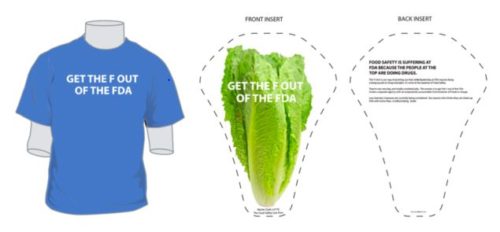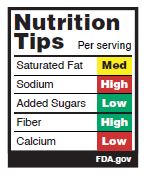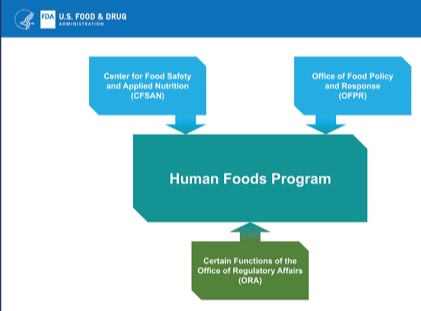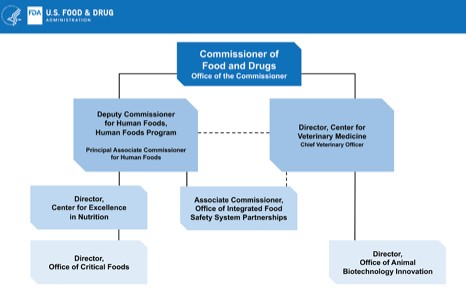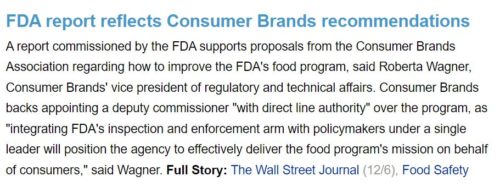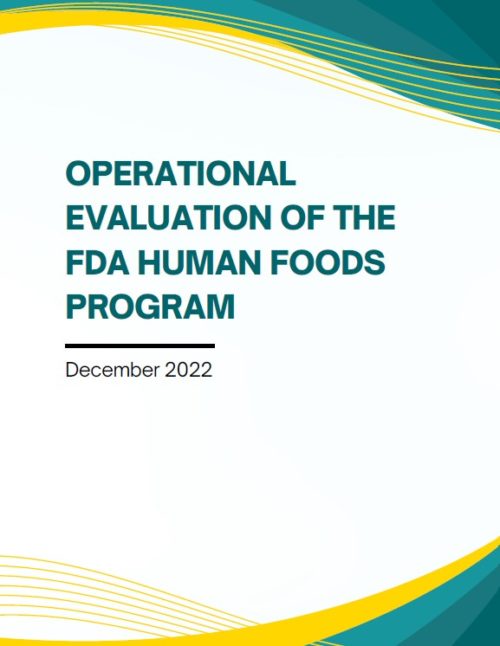Alarming (in)action from the FDA
Last week I posted about Bill Marler’s “Take the F out of the FDA” campaign.
Since then, he additionally posted letters from the FDA that make it clear how poorly the agency is doing its job to protect all of us against foodborne illness.
Let’s start with the the agency’s March 8 letter to companies making infant formula.
The agency is asking—not requiring—infant formula companies to:
- Evaluate their systems for ensuring safety
- Comply with existing regulations
- Follow existing rules, and
- “Voluntarily notify the Agency any time a product sample is found to be positive for Cronobacter spp. or Salmonella, even if the affected lot(s) have not been distributed.”
What?
The Food Safety Modernization Act (FSMA) of 2011 gave the FDA the authority to ensure safe food by requiring HACCP-like process controls at every stage of production.
Infant formula is the sole source of food for many babies.
The formula crisis of last year, where Abbott Labs produced formula contaminated with Cronobacter and Salmonella, meant that Abbott was not following the law and should have been required to clean up its act instantly.
Companies are supposed to test to make sure their process controls are working.
If FSMA did not require companies to notify the FDA when they found contamination, the FDA should be going to Congress to get that authority to announce its rulemaking to get that authority.
This is not a time for politeness. Infants’ lives are at stake.
The FDA may argue that it cannot take action because so few companies make infant formula (illustrating why industry consolidation is not good for society).
But it must. Marler is clear on what the FDA needs to do.
- Put an inspector in every infant formula plant, 24/7.
- Require product testing and report results to the CDC (to compare with illness).
- Lobby to make Cronobacter a reportable infection (to reveal the extent of the problem).
To demonstrate the ineffectiveness of politeness, Marler also posted this 2005 letter from the FDA to lettuce growers (“we strongly encourage your industry to begin or intensify immediately efforts”)…. This was followed a year later by the Dole spinach recalls of 2006 (199 cases, 102 hospitalizations, 3 deaths) and many others, leading up to congressional action in passing FSMA.
It’s the FDA’s job to enforce FSMA.
If the FDA is too captured by industry to do that, let’s get the F out of it and into some place that is serious about doing something about food safety.
FDA Commissioner Califf ‘s tweeted response to Marler’s campaign—a thread of 14 tweets— is not reassuring.
There should be no question in anyone’s mind that the F in FDA is a top priority for me. We’ve accomplished a tremendous amount in the last 10 years to make the American food supply as safe as it’s ever been & improve the nutritional quality of foods.Not only does the U.S. have one of the safest food supplies in the world, we’ve also advanced our capabilities to detect pathogens. We’re now detecting more outbreaks & safety issues using modern methods like Whole Genome Sequencing that would have eluded detection in the past….Creating a new foods agency isn’t in the FDA’s purview and would take years to put in place and distract from the important work that needs to be done today.

